BUILDING a team from the ground-up isn’t as simple as recruiting players. You need a strong, capable leadership group, a keen crop of coaches, state-of-the-art facilities, and perhaps most importantly, an inclusive and comfortable club culture.
With the seventh edition of the NAB AFLW competition on the horizon, contracting activity for Port Adelaide’s inaugural women’s team is a robust combination of conversation, chaos and celebration.
A critical piece to the expansion puzzle is the club’s integration program, led by consulting company Metisphere, to make female players feel welcome and develop male players’ understanding of how they can best support this mission.
“Through the integration program, the club is gearing itself toward making the environment super inclusive for our female athletes,” list manager Naomi Maidment said.
“The engagement from our male players and our staff through this program has been so good. They’re asking questions about how to engage with our female players around the club and how to make them feel really welcome. We're really demonstrating our investment into genuine integration.”
Maidment boasts a wealth of experience in sport as an athlete, coach and administrator, most recently as head coach of the club’s female Next Generation Academy program.
Years of working for the South Australian Police have developed her resilient and tough exterior, however it’s her quiet confidence and genuine relationship-building ability that give her an edge in the recruiting game.
It goes without saying that building a team is a delicate balancing act; securing the right mix of positions, personalities, skills and experience is no mean feat.
There are also AFL rules to consider including the salary cap, how players can be spread across the four pay tiers and restrictions on how many existing AFLW players expansion teams can sign.
Maidment’s approach to creating Port Adelaide’s inaugural women’s team is simple: find players with links to South Australia and add interstate players that really, really want to be here.
“In conversations with possible players, we have certainly had that interest around the culture,” Maidment said.
“The reputation of our club already is gaining traction and players are starting to identify us as a destination club. We have fantastic female leaders in place, a genuine, generational fan base and 152 years of history and tradition behind us.”
Player managers are starting to become more common in the women’s game and will likely continue to do so, as the tangible results of the new Collective Bargaining Agreement start landing in players’ bank accounts.
This means the system is becoming more complex, with more moving parts.
From a practical perspective, the contracting process varies vastly from player to player. In some instances, list managers will approach players directly, but for others, their player manager is at the forefront of the conversation.
Local and interstate players are invited to tour the club, including the new ‘W’ facility at Alberton.
“We meet with prospective players and their family at the club and then go over a presentation about our history and what we have to offer here,” Maidment said.
“If we then feel like it’s a great fit for both player and club, we will usually present an offer in writing quite quickly. It could then be a day or a week until we reach an agreement, depending on negotiations that might go back and forward.”
If players are exploring more than one option however, negotiations may not always go to plan. Even destination clubs can’t possibly be everything to every player.
Multiple factors come into play for athletes when making a decision about their playing future – it could be geographical location, family connection, personal fandom, on-field opportunity, or the possibility of moving to a higher pay bracket.
In terms of creating a suitable on-field balance, Maidment emphasised two key factors.
“We are committed to building a list that is versatile and sustainable,” she said.
“What that looks like is a good spread of positional requirements, as well as a mix of experience and an age range that keeps the list sustainable, to support what will be primarily a young group, as an expansion team.
“You can see evidence of that in our first few signings; many of them are older, more experienced players who are going to provide great structure for us.”
Maidment reflects fondly on some of her wins so far, highlighting Gemma Houghton’s commitment as one of the more unexpected successes.
“The process with Gemma happened quite quickly,” she said.
“We weren’t sure if she was looking to move but once we found out, we jumped at the chance straight away.
“After some back and forward, I got the call from her manager confirming her commitment as I was walking into a function at Adelaide Oval. I took the call and went straight up to Rach (Sporn) and Juliet (Haslam) and yelled ‘we got her’! They were the only other people in the room that knew what I was talking about. We were all pretty excited,” she laughed.
On 29 June, the club will complete its list with the best up-and-coming talent at the NAB AFLW draft.
As a state-based draft, players nominate to be selected for one specific region. Now that the sign and trade period is complete, it has been confirmed that Port Adelaide will receive the first four picks from South Australia, ahead of the Adelaide Crows.
Maidment is genuinely excited to welcome some of the SANFL’s brightest stars, who will add fresh energy and enthusiasm to the group.
“There are some amazing young players coming through this year and we are so keen to bring them on board. We know they’re eager to learn and grow as players and as people.
“We are building a list not just for now, but for the future.”


